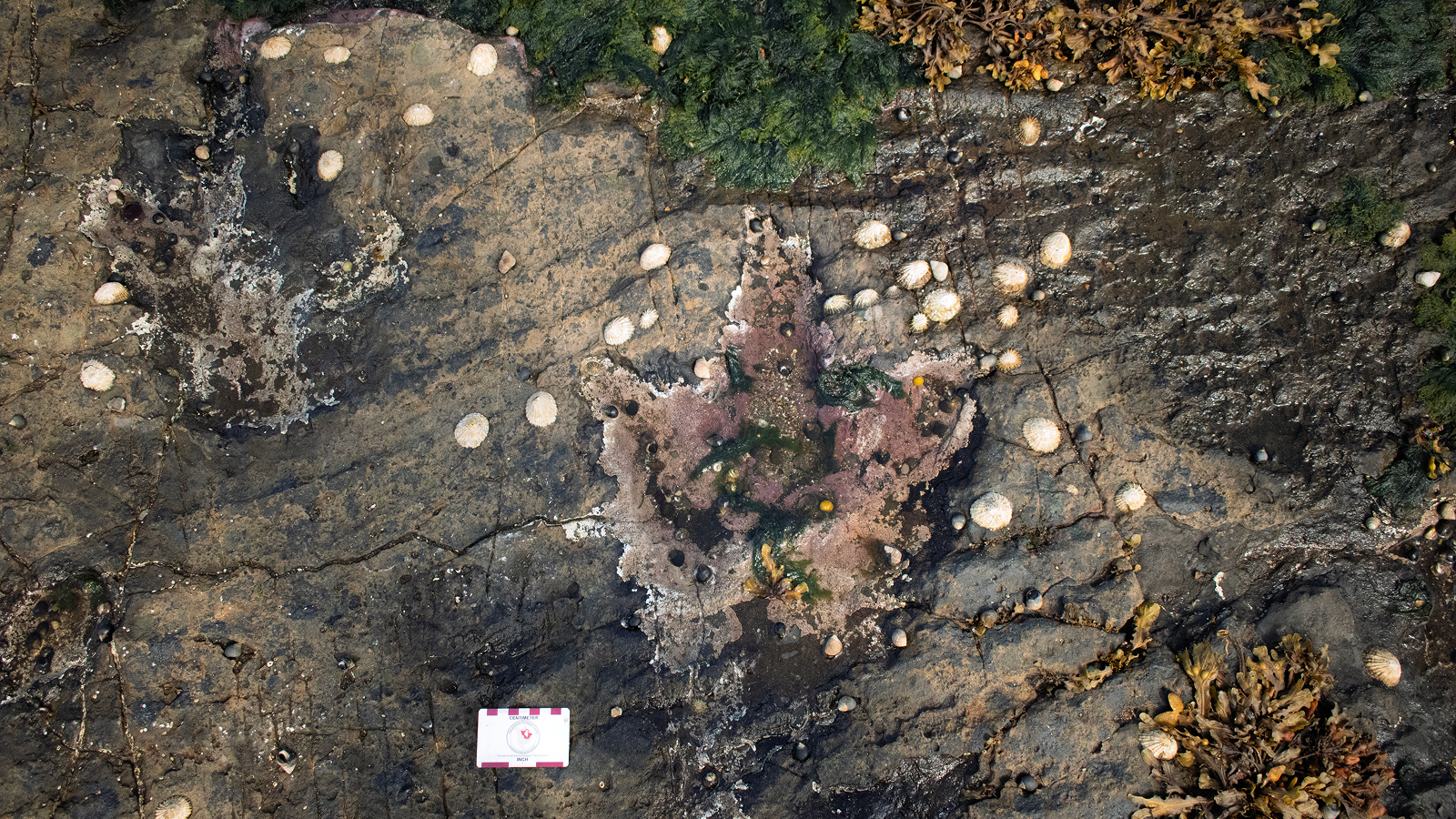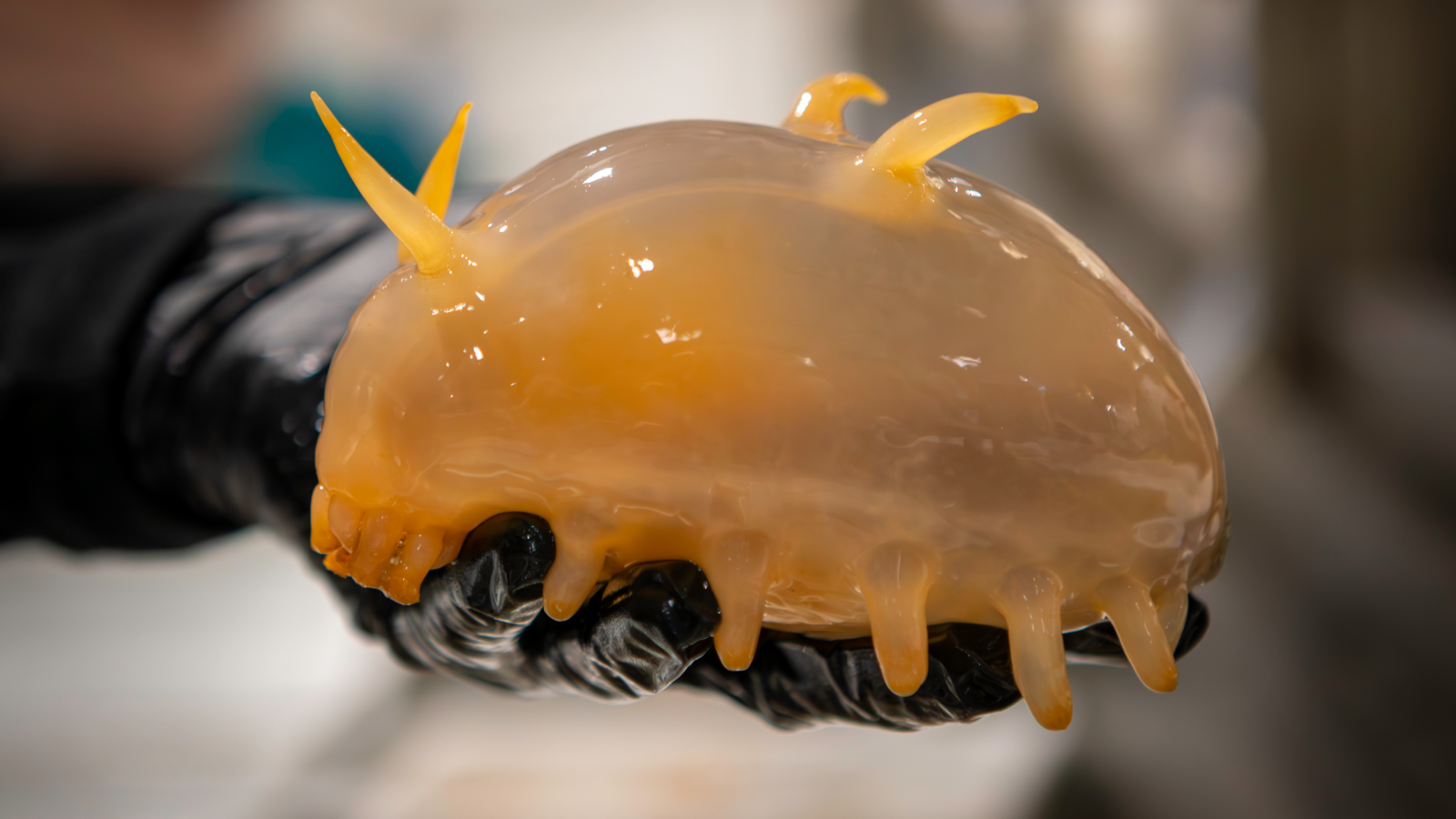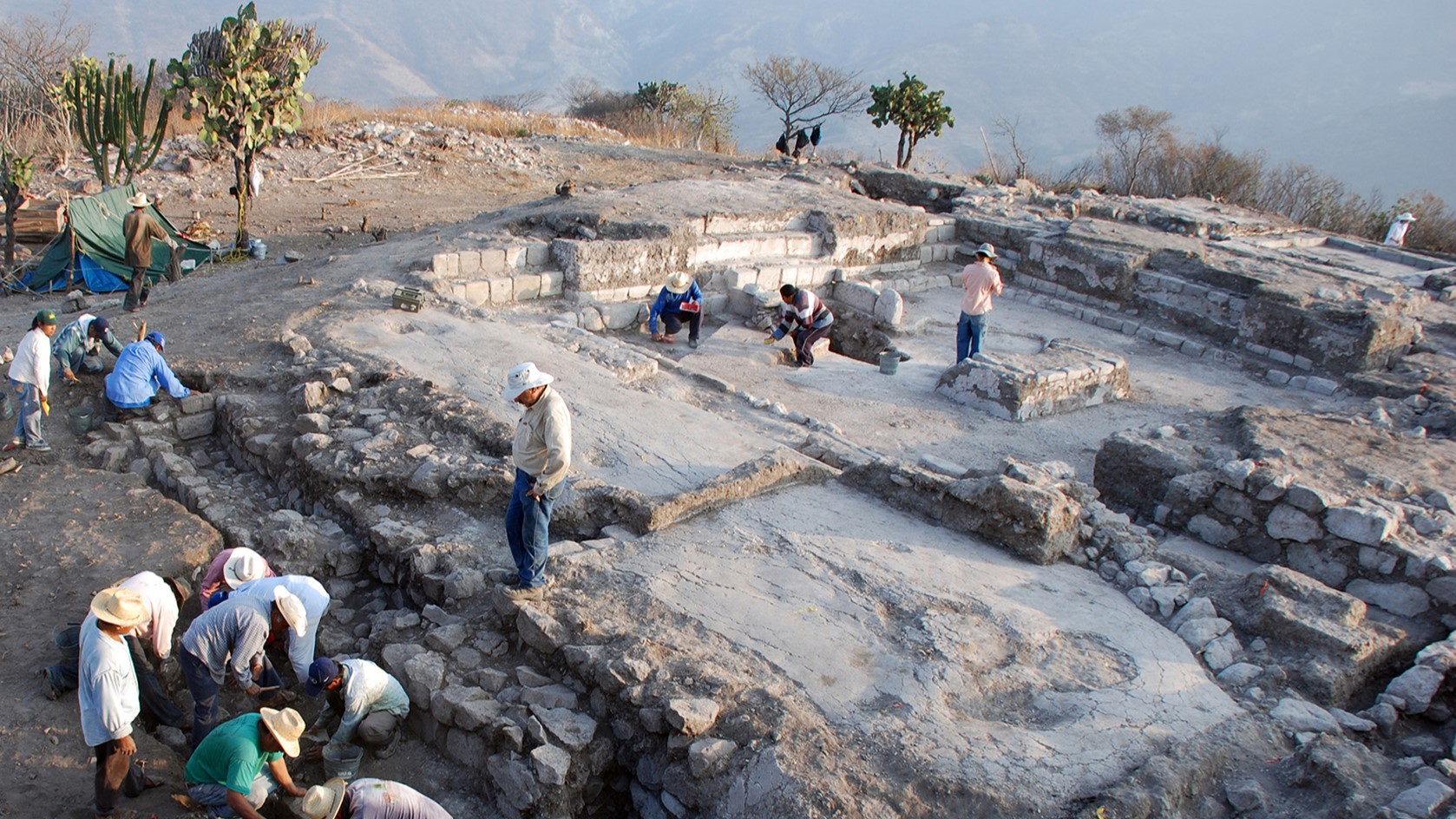Earth from space: 'River of tea' bleeds into sea after Hurricane Sally smashes into US coast
A 2020 satellite photo shows "blackwater" flowing from South Carolina's Winyah Bay after Hurricane Sally made landfall and triggered widespread flash flooding.
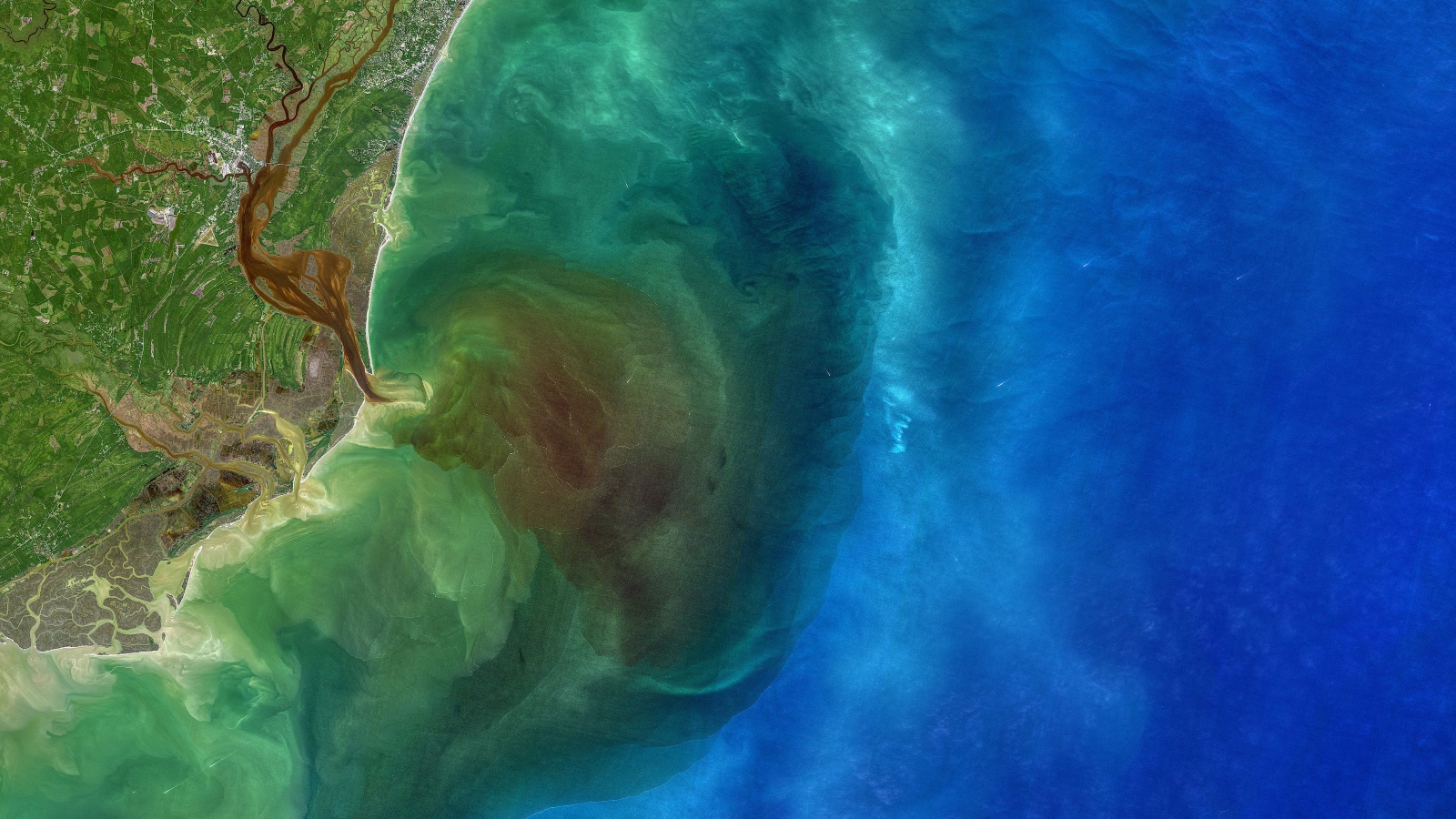
Where is it? Winyah Bay, South Carolina. [33.19619564, -79.18145235].
What's in the photo? Tea-like "blackwater" flowing into the sea after Hurricane Sally.
Which satellite took the photo? Landsat 8.
When was it taken? October 1, 2020.
This 2020 satellite image shows tea-like "blackwater" bleeding into the sea from South Carolina's Winyah Bay around two weeks after Hurricane Sally made landfall and triggered widespread flash flooding.
Winyah Bay is a coastal estuary that's located near Georgetown, South Carolina, and flows into the Atlantic Ocean. It is fed by four blackwater rivers: the Waccamaw River, the Pee Dee River, the Black River and the Sampit River, all of which run through eastern South Carolina.
Blackwater rivers flow through swamps, wetlands, forests and other ecosystems that are rich with decaying vegetation. As it breaks down, this rotting vegetation releases chemicals such as tannin, phenol and humic acid, which stain the water brown — similar to brewing tea, according to NASA's Earth Observatory.
The staining material is known as colored dissolved organic matter (CDOM). After heavy rains, the floodwater gathers more CDOM and feeds into nearby rivers, before being washed into Winyah Bay and then flushed into the ocean.
Related: 12 amazing images of Earth from space
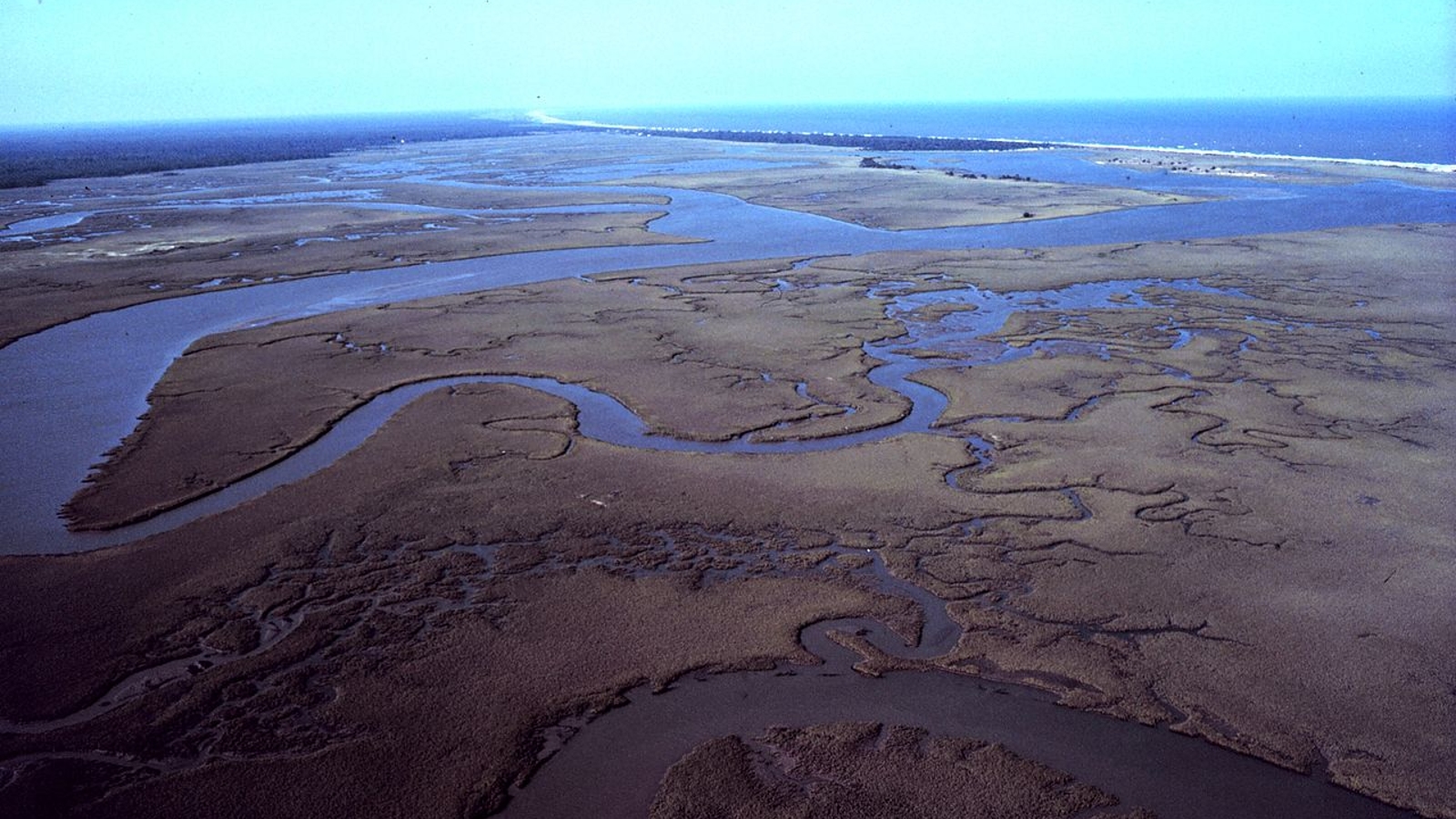
On Sept. 16, 2020, Hurricane Sally made landfall in Alabama with max winds of around 110 mph (177 km/h). The Category 2 storm dumped up to 30 inches (76 centimeters) of rain across Florida, Alabama, Georgia, South Carolina and Louisiana, triggering flash flooding in most of those states, according to a National Weather Service report.
On Oct. 1 (the day this photo was taken), monitoring stations in Winyah Bay revealed that the levels of CDOM in the estuary were more than 50% higher than average for that date. Most of the CDOM ended up in the ocean, according to NASA's Earth Observatory.
Sign up for the Live Science daily newsletter now
Get the world’s most fascinating discoveries delivered straight to your inbox.
Increased CDOM levels in the ocean mean that less blue light can penetrate deep into the water column. Only red light can be absorbed deep below the surface, giving the water a rusty color when viewed from above.
The change in available light also affects some photosynthetic algae.
"If phytoplankton do not have pigments that can absorb red light, then they will not be able to photosynthesize," Tammi Richardson, an oceanographer at the University of South Carolina, told NASA's Earth Observatory at the time. This can have big knock-on effects on the food webs across the coastal ecosystems, she added.
However, some plankton, such as cryptophytes and diatoms, can still absorb red light, which lets them thrive in blackwater, according to NASA's Earth Observatory.

Harry is a U.K.-based senior staff writer at Live Science. He studied marine biology at the University of Exeter before training to become a journalist. He covers a wide range of topics including space exploration, planetary science, space weather, climate change, animal behavior and paleontology. His recent work on the solar maximum won "best space submission" at the 2024 Aerospace Media Awards and was shortlisted in the "top scoop" category at the NCTJ Awards for Excellence in 2023. He also writes Live Science's weekly Earth from space series.


